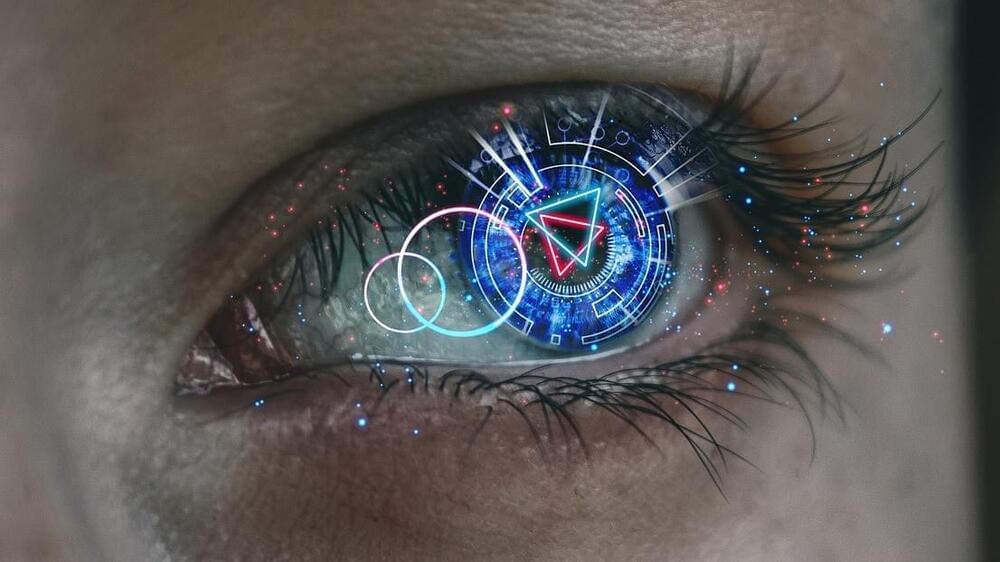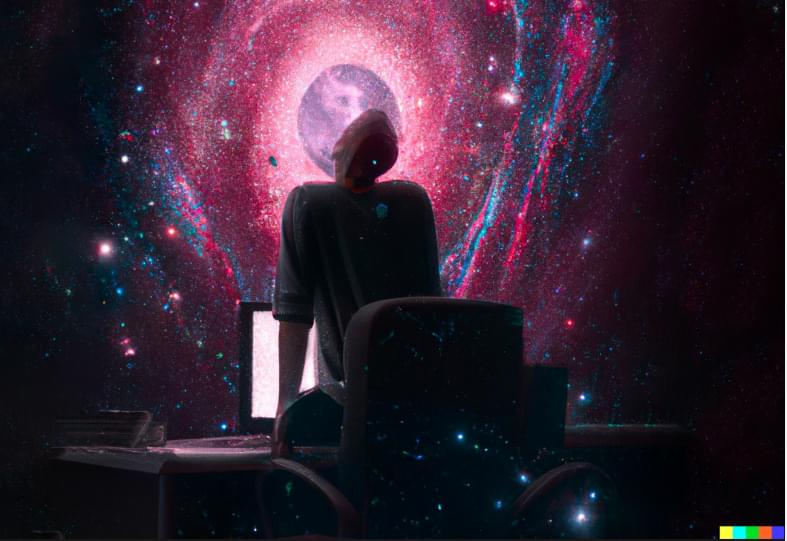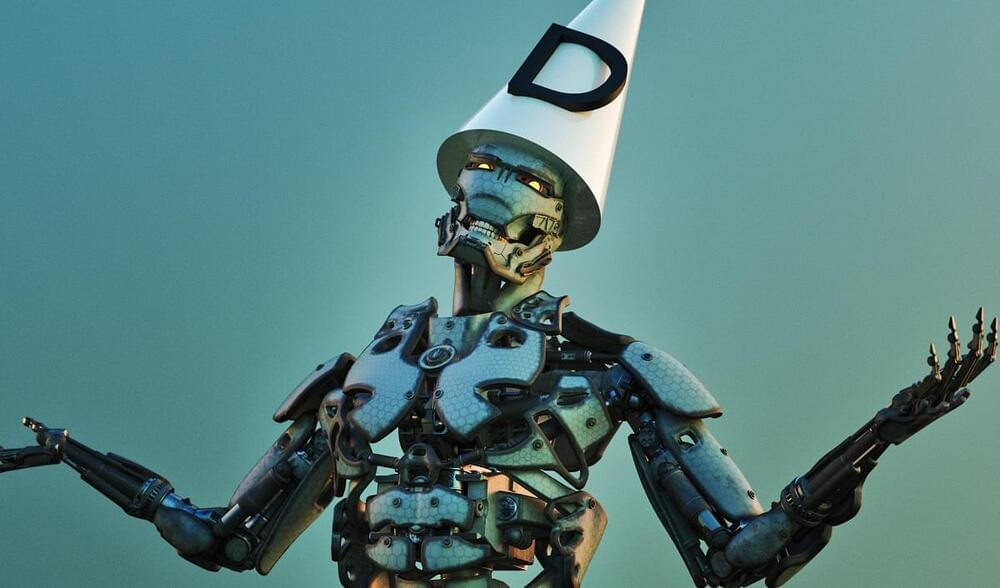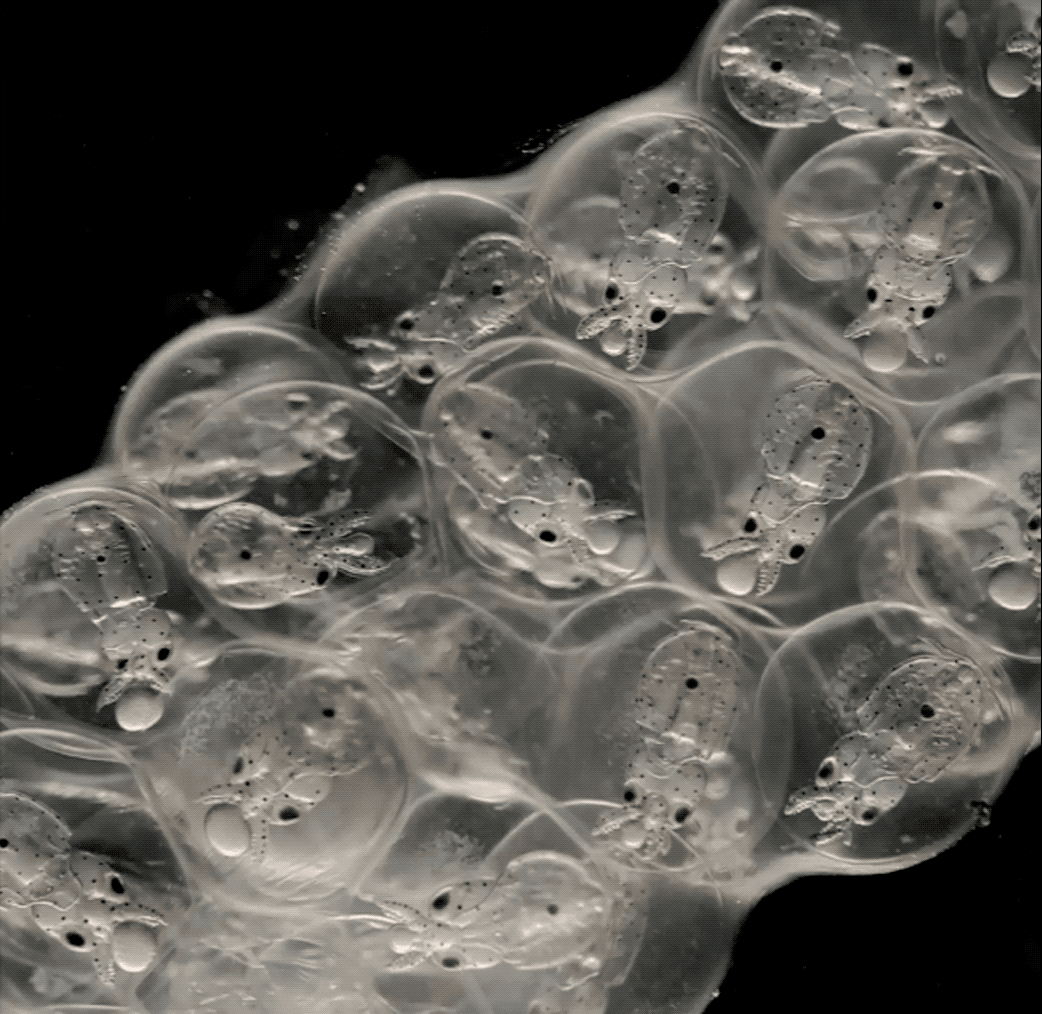Science fiction has made another bold leap forward to becoming reality with a breakthrough in thought-controlled implants.



Deep Learning AI Specialization: https://imp.i384100.net/GET-STARTED
Google is preparing to release its Sparrow AI chatbot to compete with OpenAI’s ChatGPT, which was trained on human feedback and uses Google search to answer about current information, may be their answer as its likely going into beta this year. Google Deepmind releases its DreamerV3 reinforcement learning general AI that was trained in a fraction of the time required for OpenAIs similar project, but also needed no human input to be able to complete various tasks in minecraft. German Bionic showed its artificial intelligence powered robotic exoskeleton at CES 2023, which helps workers lift objects of up to 30 kilograms.
AI News Timestamps:
0:00 New Google AI vs OpenAI ChatGPT
4:28 Google Deepmind DreamerV3
7:06 AI Powered Robotic Exoskeleton.
#technology #tech #ai
It’s time for Atlas to pick up a new set of skills and get hands on. In this video, the humanoid robot manipulates the world around it: Atlas interacts with objects and modifies the course to reach its goal—pushing the limits of locomotion, sensing, and athleticism.
To learn how we go from idea to execution, go being the scenes with our team: https://youtu.be/XPVC4IyRTG8
#BostonDynamics #Robots #Robotics

Every pet owner knows the heartbreaking reality: Companion animals’ lives are shorter than ours.
Now, a San Francisco biotech startup is working on drugs to help dogs live longer, healthier lives.
“We want to give people more time with the pets they love,” said Celine Halioua, 28, a scientist who founded Loyal in 2019 with no more than an idea. She’s now CEO of a 58-person company backed by $60 million in venture capital. “Everyone has stories about beloved pets gone too soon.”
University of California, Berkeley, chemists have created a new type of material from millions of identical, interlocking molecules, that for the first time allows the synthesis of extensive 2D or 3D structures that are flexible, strong and resilient, like the chain mail that protected medieval knights.
The material, called an infinite catenane, can be synthesized in a single chemical step.
French chemist Jean-Pierre Sauvage shared the 2016 Nobel Prize in Chemistry for synthesizing the first catenane—two linked rings. These structures served as the foundation for making molecular structures capable of moving, which are often referred to as molecular machines.

Scientists who watched nerve cells connect inside the eyes of growing squid have uncovered a remarkable secret — the cephalopods’ brains independently evolved to develop in the same way ours do.
.The discovery, made using high-resolution cameras focused on the retinas of longfin squid (Doryteuthis pealeii) embryos, reveals that, in spite of 500 million years of divergent evolution, the basic blueprint for how complex brains and nervous systems evolve may be the same across a wide range of species.
The intelligence of cephalopods — a class of marine animals that includes octopuses, squid and cuttlefish — has long been a subject of fascination among biologists. Unlike most invertebrates, these animals possess remarkable memories; use tools to solve problems; excel at camouflage; react with curiosity, boredom or even playful malevolence to their surroundings; and can dream, if the ripples of colors that flash across their skin as they sleep are any indication.
It seems that the blueprint for complex brain development remains the same, despite 500 million years of divergent evolution.
OpenAI cofounder and CEO Sam Altman sat down for a wide-ranging interview with us late last week, answering questions about some of his most ambitious personal investments, as well as about the future of OpenAI.
This second clip is focused exclusively on artificial intelligence, including how much of what OpenAI is developing Altman thinks should be regulated, whether he’s worried about the commodification of AI, his thoughts about Alphabet’s reluctance to release its own powerful AI, and worst-and best-case scenarios as we move toward a future where AI is ever-more central to our lives.
There was much to discuss (and he was generous to stay and talk about it).
You can find the first part our sit-down — focused in part on Helion Energy, a nuclear fusion company that has become Altman’s second-biggest project — here: https://youtu.be/57OU18cogJI
